Abstract WMP60: Comparison of Demographic and Clinical Characteristics and the CDC Social Vulnerability Index Among Medicare Beneficiaries Hospitalized With Acute Ischemic Stroke, April 2020 - December 2021
Stroke Journal
FEBRUARY 1, 2024
Stroke, Volume 55, Issue Suppl_1 , Page AWMP60-AWMP60, February 1, 2024. However, limited information exists on how demographic and clinical factors are associated with social inequities among older patients hospitalized with acute ischemic stroke (AIS) during COVID-19.Methods:We All patients were followed until March 31, 2023.
















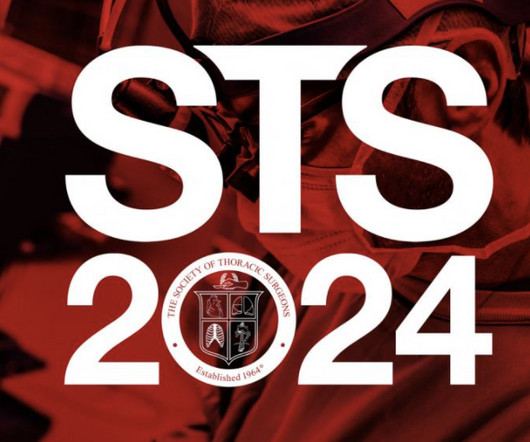


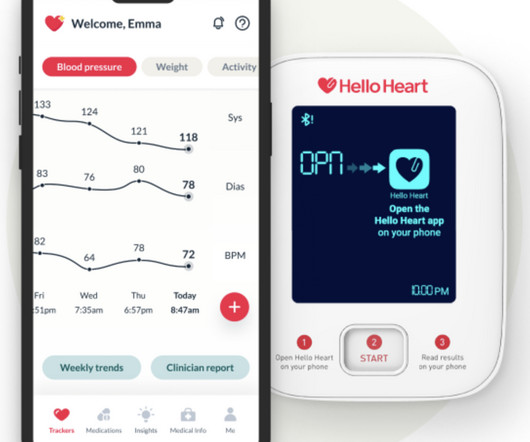

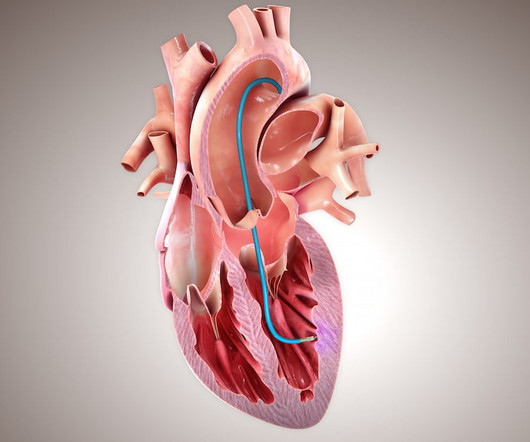

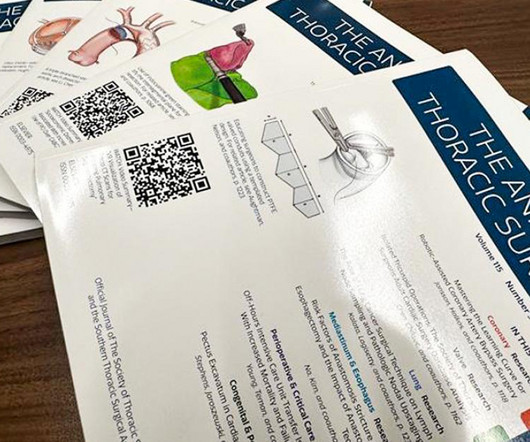
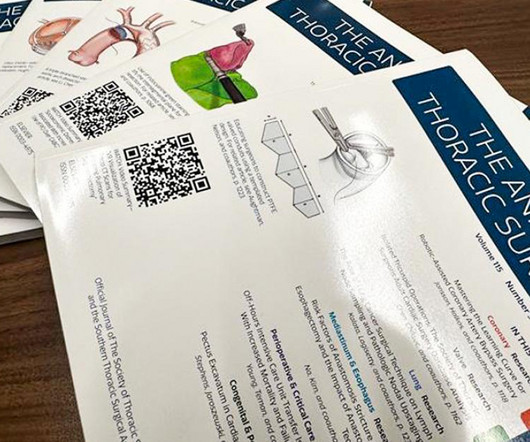






Let's personalize your content